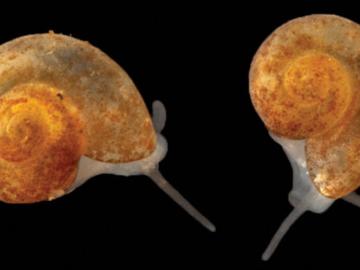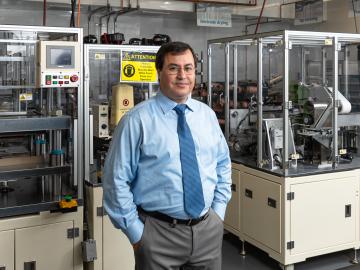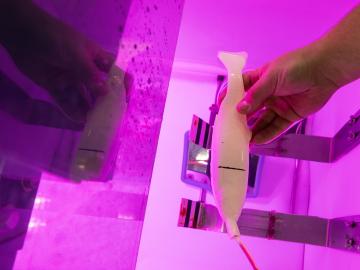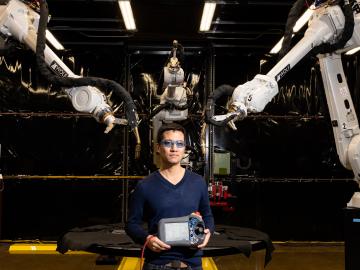
Filter News
Area of Research
- (-) Computer Science (2)
- (-) Energy Science (73)
- Advanced Manufacturing (3)
- Biological Systems (1)
- Biology and Environment (81)
- Biology and Soft Matter (1)
- Computational Biology (1)
- Fusion and Fission (5)
- Materials (28)
- Materials for Computing (7)
- National Security (19)
- Neutron Science (17)
- Nuclear Science and Technology (3)
- Quantum information Science (3)
- Supercomputing (66)
News Type
News Topics
- (-) 3-D Printing/Advanced Manufacturing (25)
- (-) Bioenergy (10)
- (-) Computer Science (9)
- (-) Critical Materials (1)
- (-) Energy Storage (23)
- (-) Environment (20)
- (-) Machine Learning (1)
- (-) Mercury (1)
- (-) Microscopy (2)
- (-) Summit (2)
- Advanced Reactors (2)
- Artificial Intelligence (2)
- Big Data (1)
- Biology (4)
- Biomedical (2)
- Biotechnology (1)
- Buildings (14)
- Chemical Sciences (3)
- Clean Water (3)
- Composites (2)
- Coronavirus (6)
- Cybersecurity (5)
- Fossil Energy (1)
- Grid (14)
- High-Performance Computing (2)
- Hydropower (1)
- Materials (5)
- Materials Science (5)
- Mathematics (1)
- Microelectronics (1)
- Nanotechnology (2)
- National Security (1)
- Neutron Science (3)
- Nuclear Energy (2)
- Partnerships (4)
- Polymers (1)
- Quantum Science (1)
- Security (3)
- Simulation (1)
- Space Exploration (1)
- Transportation (21)
Media Contacts

Researchers at the Department of Energy’s Oak Ridge National Laboratory (ORNL) in late February demonstrated a 20-kilowatt bi-directional wireless charging system installed on a UPS medium-duty, plug-in hybrid electric delivery truck.

Sometimes conducting big science means discovering a species not much larger than a grain of sand.

Ilias Belharouak is leading ORNL’s research efforts in investigating new materials for solid-state batteries, which can double the charging capacity of lithium-ion batteries, commonly used today for electronic devices such as cell phones.

Hydropower developers must consider many factors when it comes time to license a new project or renew an existing one: How can environmental impacts be mitigated, including to fish populations?

Scientists at the Department of Energy’s Oak Ridge National Laboratory have developed a new method to peer deep into the nanostructure of biomaterials without damaging the sample. This novel technique can confirm structural features in starch, a carbohydrate important in biofuel production.

Each year, approximately 6 billion gallons of fuel are wasted as vehicles wait at stop lights or sit in dense traffic with engines idling, according to US Department of Energy estimates.

Peter Wang is focused on robotics and automation at the Department of Energy’s Manufacturing Demonstration Facility at ORNL, working on high-profile projects such as the MedUSA, a large-scale hybrid additive manufacturing machine.

The formation of lithium dendrites is still a mystery, but materials engineers study the conditions that enable dendrites and how to stop them.

ORNL computer scientist Catherine Schuman returned to her alma mater, Harriman High School, to lead Hour of Code activities and talk to students about her job as a researcher.

Students often participate in internships and receive formal training in their chosen career fields during college, but some pursue professional development opportunities even earlier.


